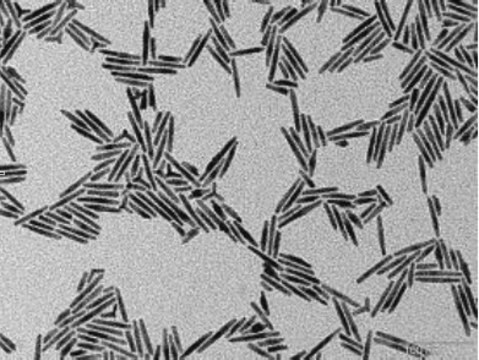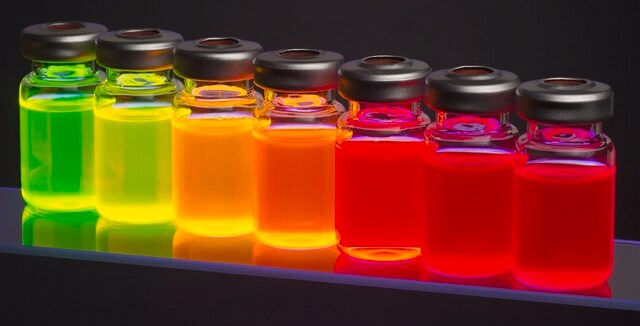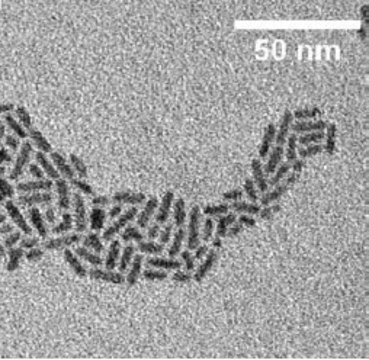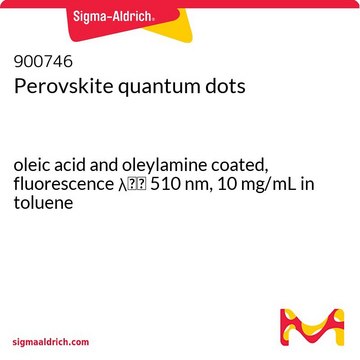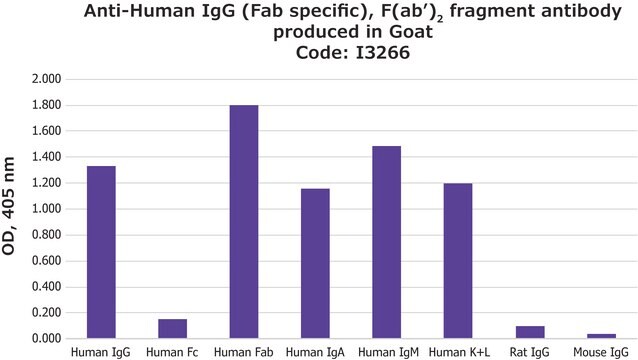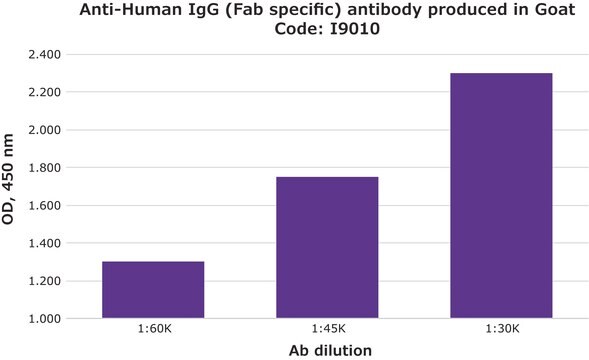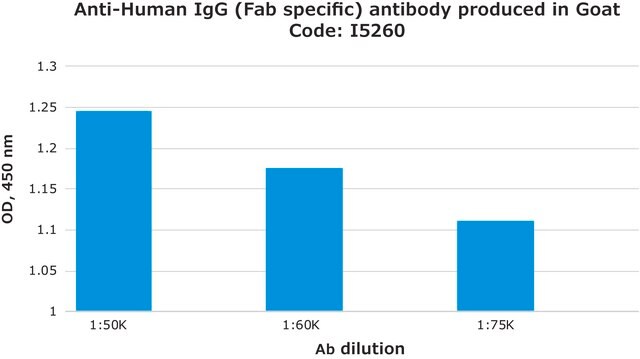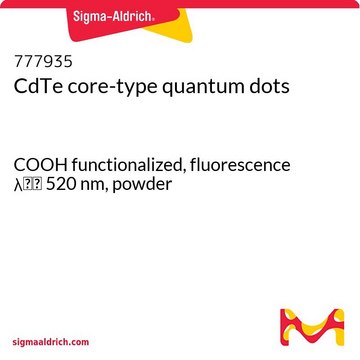900512
CdSe/CdS core-shell type quantum rods
fluorescence λem 560 nm, 5 mg/mL in hexane
Synonym(s):
CANdot®, Elongated quantum dots, Fluorescent nanocrystals, QDs, Quantum rods
About This Item
Recommended Products
form
dispersion
Quality Level
concentration
5 mg/mL in hexane
fluorescence
λem 560 nm
λem 560 nm±8 nm FWHM <38 nm, quantum yield >70%
functional group
carboxylic acid
storage temp.
2-8°C
Looking for similar products? Visit Product Comparison Guide
Related Categories
1 of 4
This Item | I8885 | I9010 | I5260 |
|---|---|---|---|
| biological source goat | biological source goat | biological source goat | biological source goat |
| conjugate unconjugated | conjugate unconjugated | conjugate unconjugated | conjugate unconjugated |
| antibody form affinity isolated antibody | antibody form whole antiserum | antibody form whole antiserum | antibody form affinity isolated antibody |
| shipped in dry ice | shipped in dry ice | shipped in dry ice | shipped in dry ice |
| form buffered aqueous solution | form - | form - | form buffered aqueous solution |
Application
Caution
Legal Information
Signal Word
Danger
Hazard Statements
Precautionary Statements
Hazard Classifications
Aquatic Chronic 2 - Asp. Tox. 1 - Carc. 1B - Flam. Liq. 2 - Muta. 2 - Repr. 2 - Skin Irrit. 2 - STOT RE 2 - STOT RE 2 Inhalation - STOT SE 3
Target Organs
Central nervous system, Nervous system
WGK
WGK 3
Choose from one of the most recent versions:
Certificates of Analysis (COA)
Don't see the Right Version?
If you require a particular version, you can look up a specific certificate by the Lot or Batch number.
Already Own This Product?
Find documentation for the products that you have recently purchased in the Document Library.
Customers Also Viewed
Articles
Professor Sharma and colleagues review the synthesis and applications of this novel material. This includes a discussion of the unique properties of quantum dots and their suitability for solar cell applications, along with common synthesis techniques used to develop these materials.
Professor Xiaohu Gao (University of Washington, USA) provides a overview of recent quantum dot (QD) advancements and their potential for advancing bioassay and bioimaging technologies.
Our team of scientists has experience in all areas of research including Life Science, Material Science, Chemical Synthesis, Chromatography, Analytical and many others.
Contact Technical Service